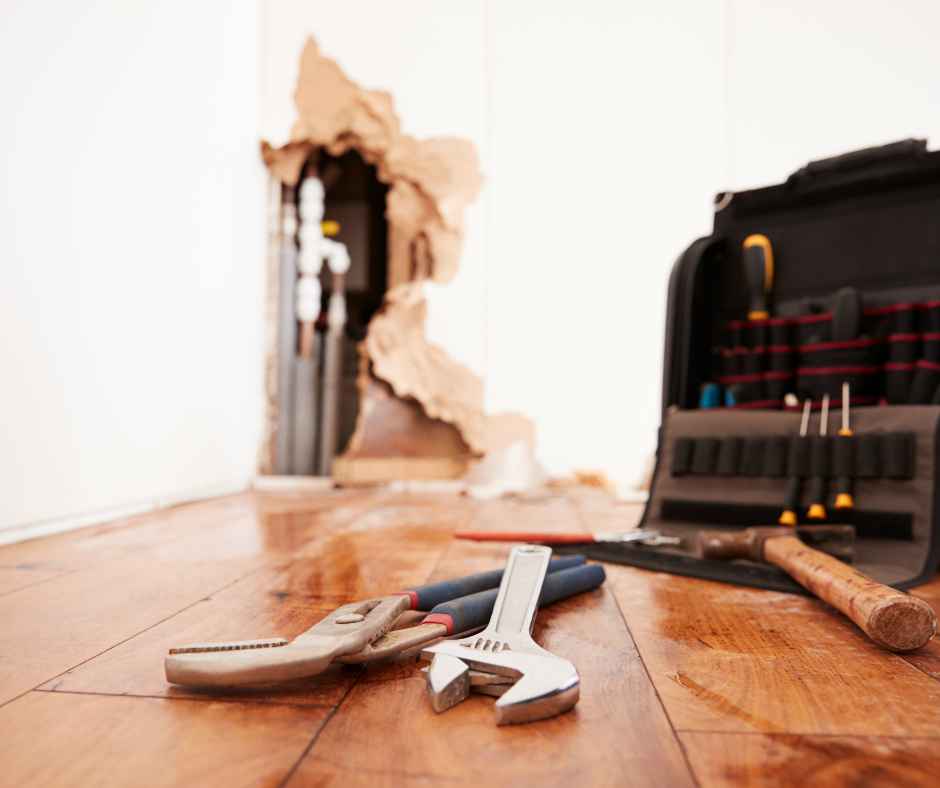the East Side & Beyond!
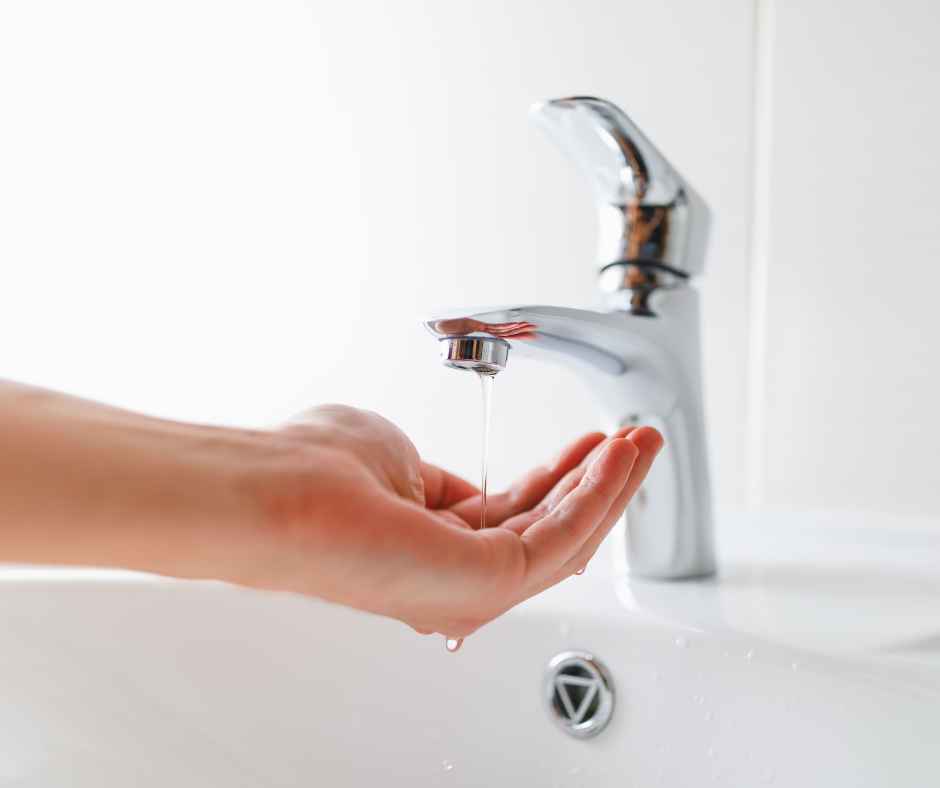
Why Is My Water Pressure Low?
June 16, 2025
There’s nothing more frustrating than turning on the tap and getting a weak trickle instead of a strong, steady stream. Low water pressure can turn even the simplest tasks—like washing your hands or rinsing vegetables—into time-consuming chores. It’s a common issue in both older homes and newer builds, and it can sneak up on you gradually or happen all at once. Left unaddressed, low water pressure can lead to bigger plumbing problems or signal something more serious.
In this blog, we’ll break down the most common reasons behind low water pressure, how to recognize the signs, and what you can do to fix it. Whether it’s an easy fix or time to call in a professional, The Plumbing Joint is here to help restore your home’s water flow.
What Does Low Water Pressure Really Mean?
Low water pressure happens when the water coming out of your fixtures doesn’t have the usual strength or volume you’re used to. You might notice it as a slow trickle from the shower or a sink that takes forever to fill a glass. It’s more than just a minor annoyance—it’s a sign that something’s not right in your plumbing system.
This issue can show up throughout your home or be isolated to a single faucet or appliance. It often points to a larger underlying problem, like buildup in the pipes, a valve that’s not fully open, or even a leak you can’t see. In some cases, the problem starts outside your home, with issues in the municipal water supply.
While it might not seem urgent, low water pressure can affect everything from how your washing machine runs to how well your water heater works. And if ignored, it could lead to more costly plumbing repairs down the road. Understanding the root of the issue is the first step toward getting things flowing again.
Why Is My Water Pressure Low? Signs and Causes to Watch For
When water pressure dips, it’s not always immediately obvious what’s behind it. But knowing what to look for can help you catch the issue early and prevent further damage.
Common Signs
Look for these telltale symptoms of low water pressure around your home:
- Weak shower streams that don’t rinse soap or shampoo easily.
- Slow-filling sinks or tubs, even when no other fixtures are running.
- Toilets that refill sluggishly after flushing.
- Appliances like dishwashers or washing machines taking longer than usual to cycle.
- Water flow that drops significantly when multiple fixtures are in use.
Causes/Why It Happens
Several factors can contribute to reduced water pressure in your home:
- Clogged fixtures or aerators: Mineral deposits can build up and restrict water flow.
- Partially closed shut-off valves: A valve that isn’t fully open will limit pressure.
- Hidden leaks: Even small, undetected leaks can reduce available water flow.
- Old or corroded pipes: Aging plumbing systems may develop buildup or rust that blocks water.
- Faulty pressure regulator: If your home has one and it malfunctions, pressure can drop unexpectedly.
- Municipal water supply issues: Sometimes the problem starts outside your home—especially if your neighbors are experiencing it too.
How to Resolve Low Water Pressure in Your Home
If you’re experiencing low water pressure, identifying the cause is only part of the solution. In many cases, restoring full pressure requires the skill and tools of a licensed plumber. While it may be tempting to troubleshoot the issue yourself, professional service ensures that the root problem is properly diagnosed and fixed—without causing further damage.
When to Call a Professional
Low water pressure often points to underlying problems that need expert attention. You should contact a professional plumber if:
- The entire house is affected: Low pressure in every fixture usually signals a main supply or system-wide problem.
- You suspect a leak: Signs like damp spots, mold growth, or unusually high water bills can indicate a hidden leak somewhere in the plumbing.
- There’s a faulty pressure regulator: Pressure regulators can fail over time, leading to sudden or inconsistent water flow throughout the home.
- Pipe corrosion or mineral buildup is present: Old pipes, especially in older homes, can become clogged or narrowed and may need to be cleaned or replaced.
- There are external water supply issues: A licensed plumber can investigate whether the issue lies with the municipal supply and coordinate with the city if needed.
Trying to address these problems without professional help can lead to misdiagnosis, unnecessary repairs, or worsening conditions. A plumbing expert can assess the entire system, provide accurate solutions, and restore reliable water pressure quickly and safely.
Preventing Low Water Pressure: Smart Maintenance Tips
While some causes of low water pressure are unpredictable, many can be avoided with consistent maintenance and early action. Here are some straightforward ways to help keep your plumbing system running smoothly and avoid frustrating drops in pressure:
- Schedule annual plumbing inspections: A professional can detect early signs of leaks, corrosion, or pressure regulator issues before they become serious.
- Clean faucet aerators and showerheads regularly: Mineral deposits can build up over time and restrict flow—routine cleaning helps maintain steady pressure.
- Soften your water if needed: If your home has hard water, installing a water softener can reduce mineral buildup inside pipes and fixtures.
- Respond to leaks immediately: Even small leaks can affect overall pressure and lead to costly water damage if ignored.
- Know your baseline water pressure: Use a pressure gauge to monitor your home’s pressure periodically so you can detect changes early.
A proactive approach to plumbing care can reduce the risk of pressure problems and extend the life of your system. Staying ahead of maintenance needs is key to keeping water flowing consistently and efficiently throughout your home.
Don’t Let Low Water Pressure Disrupt Your Home
Low water pressure might start as a minor annoyance, but it can quickly point to more serious plumbing problems if left unchecked. Whether it’s a hidden leak, aging pipes, or issues with your pressure regulator, addressing the root cause is essential for maintaining comfort and preventing costly damage.
Keeping your plumbing system in top shape with regular maintenance and timely repairs helps ensure reliable water flow for everyday use. And while some problems may seem simple on the surface, getting professional support guarantees a thorough and lasting solution.
If your water pressure isn’t what it should be, don’t wait for the problem to worsen. Contact The Plumbing Joint today to schedule a service and restore strong, steady water flow to your home.
Recent News
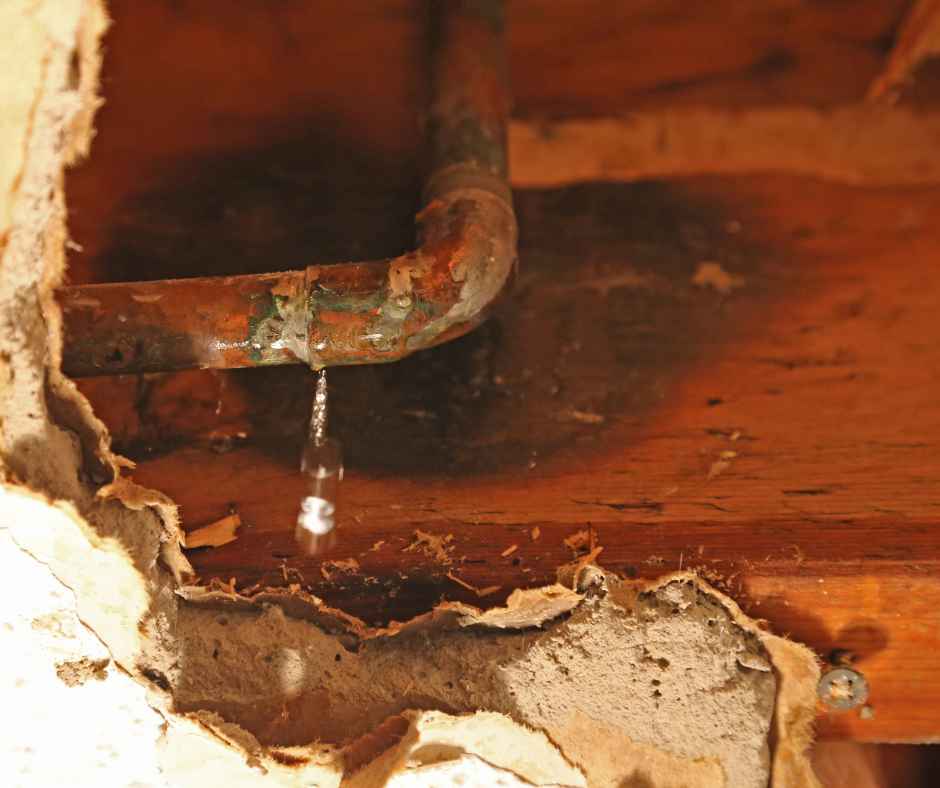
What to Do If You Have a Hidden Leak in Your Seattle Home
December 12, 2025

Emergency Plumbing in Rainy Season: What Seattle Homeowners Need to Know
November 12, 2025
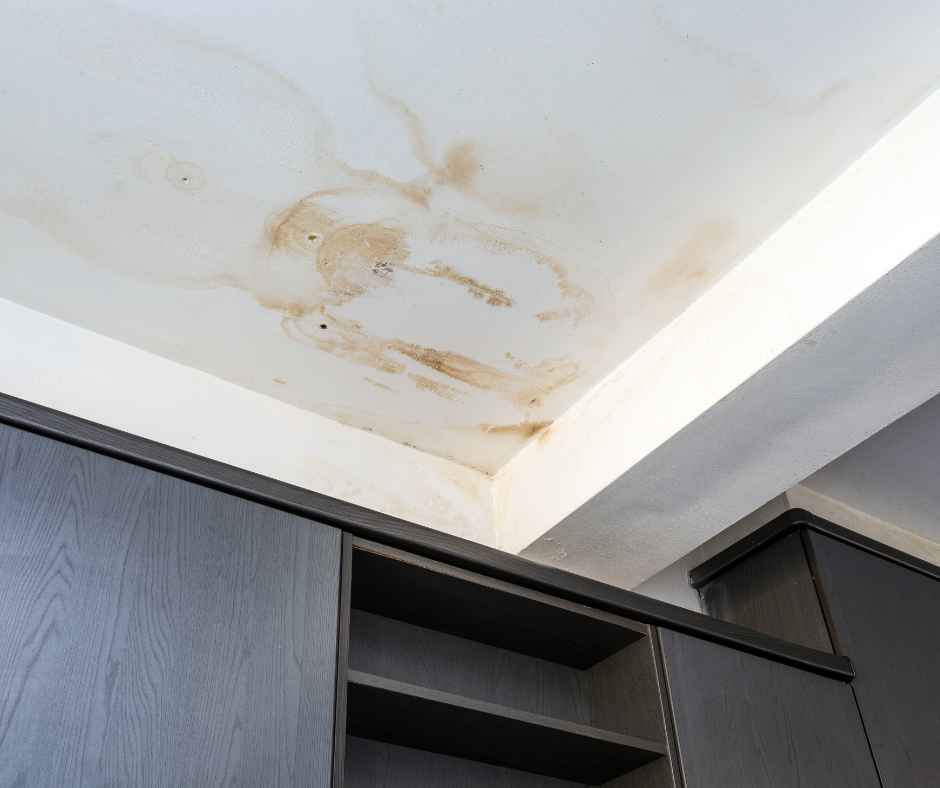
How Older Seattle Homes Hide Plumbing Nightmares
October 22, 2025
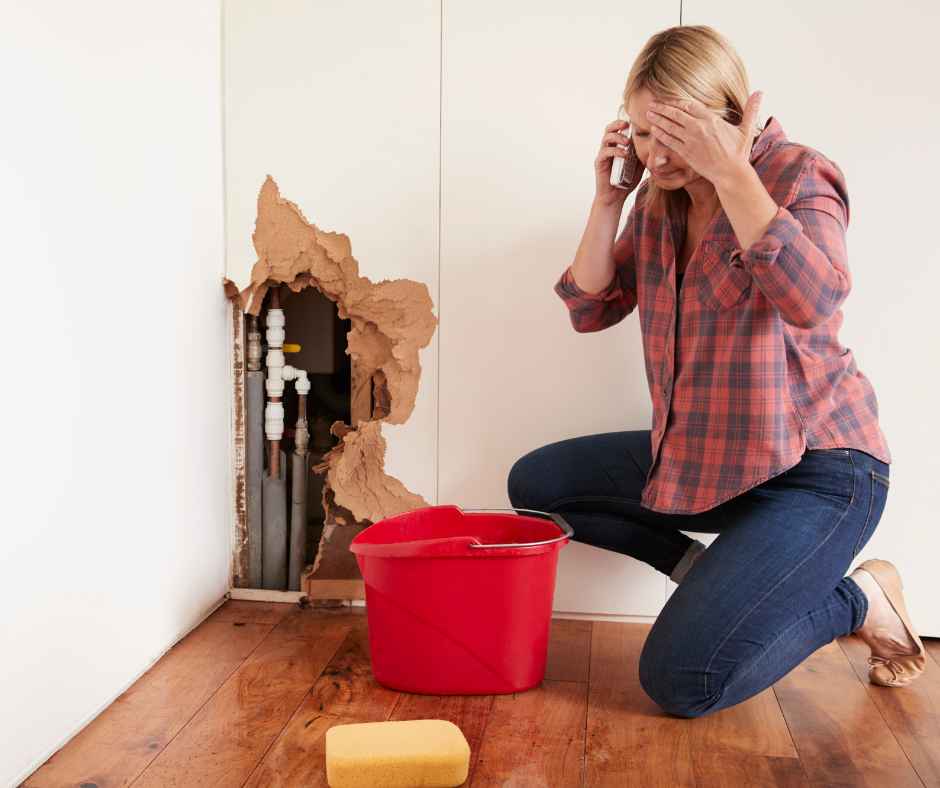
How to Prevent Burst Pipes in Older Renton Homes Without Full Repiping
September 15, 2025
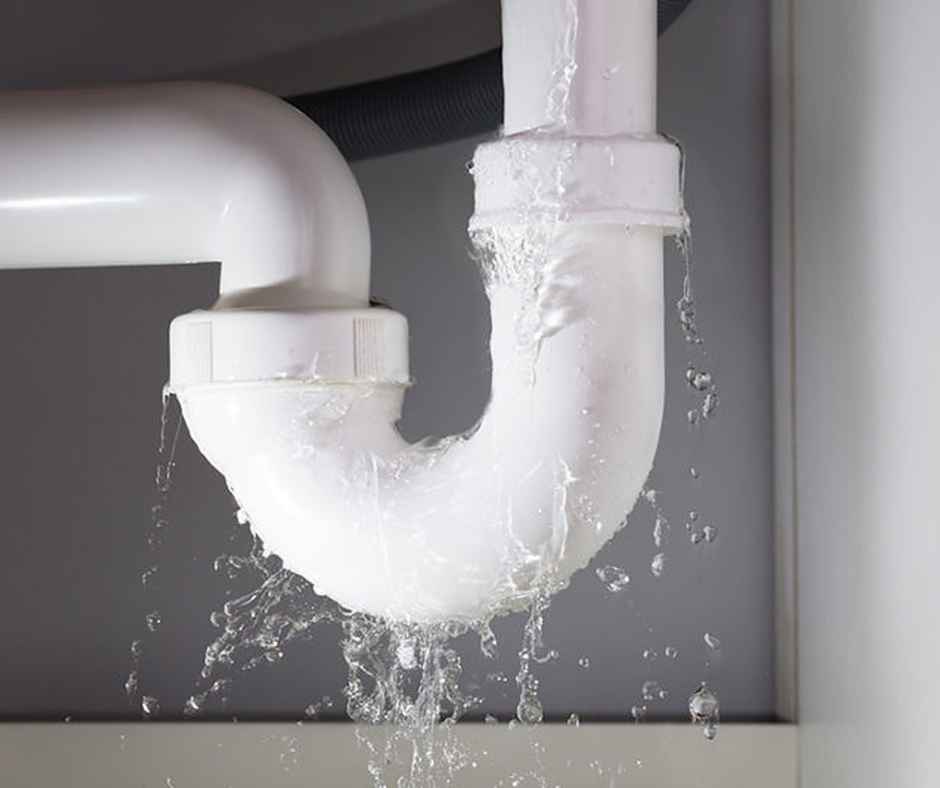
Emergency Plumbing Checklist: What to Do Before the Plumber Arrives
August 13, 2025
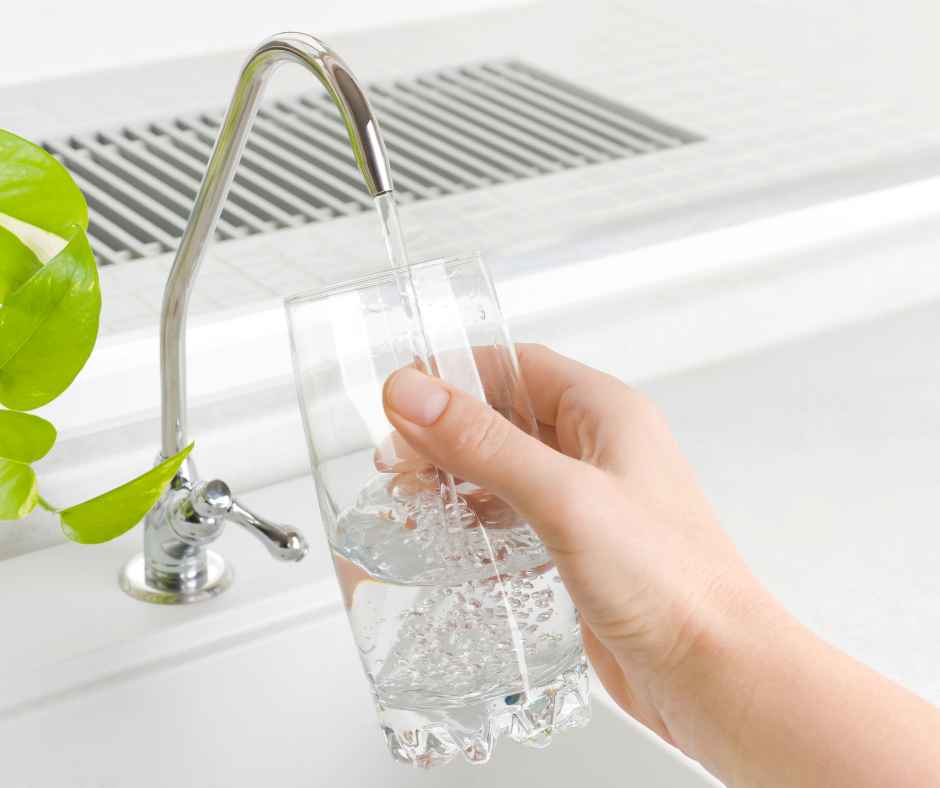
How to Pick the Right Water Filtration System for Renton’s Water Quality
July 17, 2025
